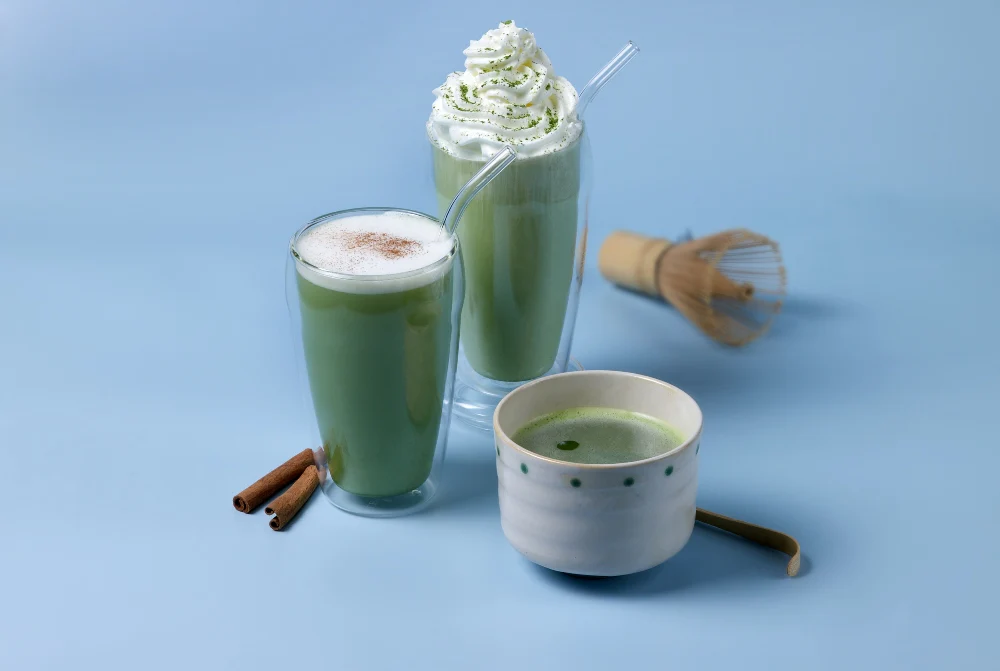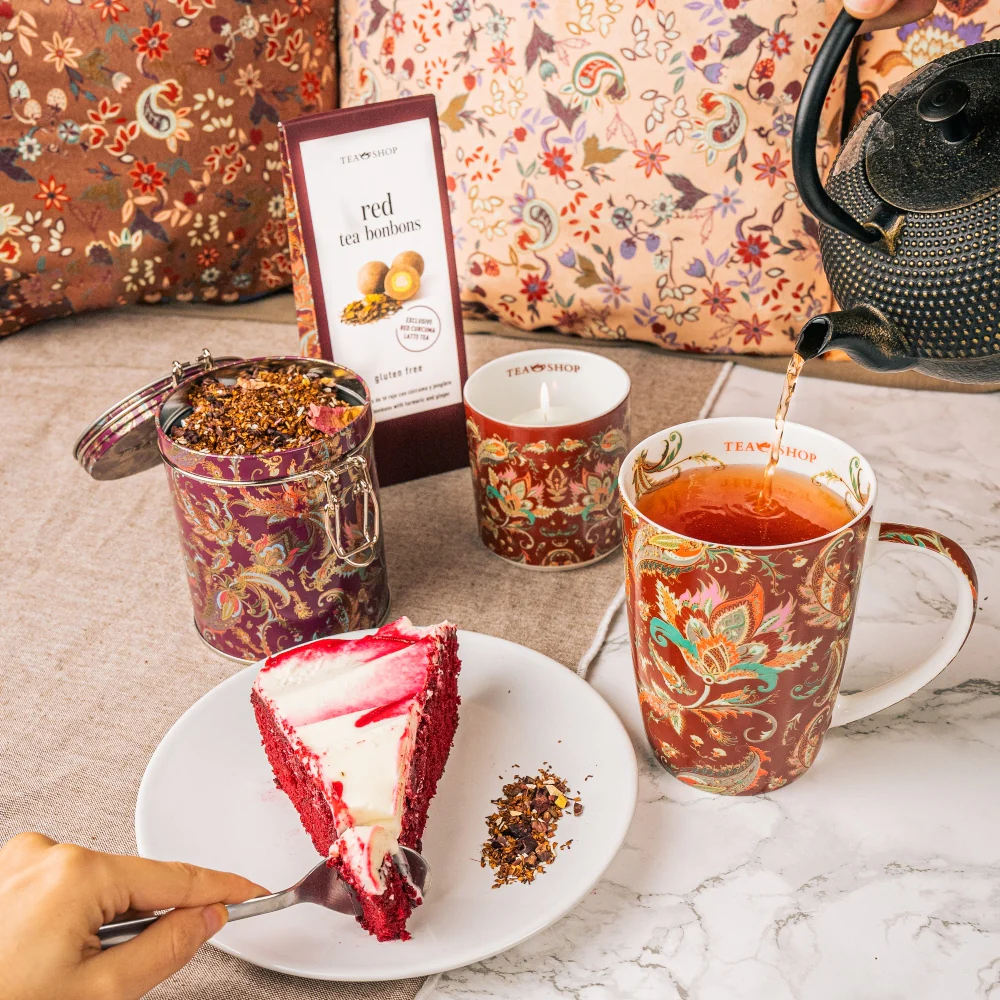
How to make the perfect milk tea
Save this post – you’ll thank yourself!
Making milk tea
Milk tea can be made in a variety of ways:
1. Brew the tea in water, filling the cup to near full, bar approximately 1 finger. Once the tea has infused, add a splash of milk, often known as a “cloud of milk”. 2. Want a truly milky tea? Then you’re going to have to add more tea. This is so that it can be appreciated sufficiently. That’s to say, as a general rule, rather than using one measurement, we would use 2, although the method of preparation would be the same. We recommend preparing it with our Mug Paper Filter (100 UNITS). 3. Aiming for a 50% water 50% milk proportion: If making it this way, unless you opt for a plant milk, you won’t need to increase the amount of tea used. It’s best to make the water part of the tea first, before adding the milk. There are no set rules on how much milk you should add to tea, it’s all down to personal preference and the variety of tea being made.Which teas work best with milk?
Black teas like Assam, Ceylon and Nilgiri are the best suited to a good milk tea, especially those from ‘broken’ leaves. Fancy a Chai Latte? Prepare the most authentic with this recipe! More and more red tea (Pu Erh) drinkers are adding milk to their teas, although the experts advise against this, arguing that the characteristic earthiness of this tea is lost with the addition of milk. The teas that are not recommended for mixing with milk are: white tea, yellow tea, green tea, oolong tea and Darjeeling black tea. Either because their light, silky body would disappear with the addition of milk, or because the aromatic idiosyncrasies of more speciality teas would not be appreciated. For flavoured teas, those with sweet (chocolate, cocoa, caramel, creamy...), spicy (vanilla, cinnamon, chai) and spicy ingredients and flavours are the most suitable for dairy or plant milk.


1 comment
Obrigado pela informação adorei já uma pergunta ⁉️ sou inpertenso posso beber chá com leite
José grou
Leave a comment
This site is protected by hCaptcha and the hCaptcha Privacy Policy and Terms of Service apply.